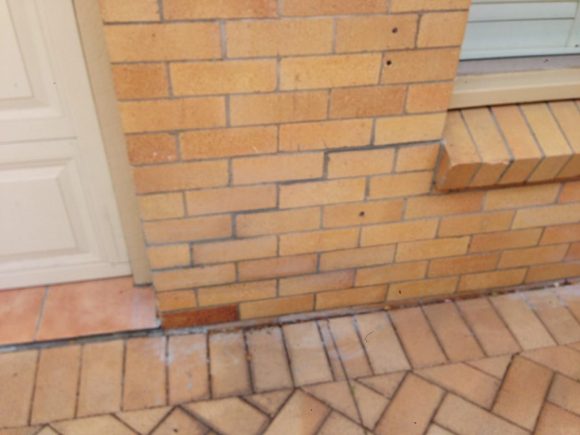What is the best time to have underpinning? The condition of the foundation has a direct impact on the health and longevity of a building. A foundation that is solid will make it more vulnerable to structural weaknesses in the event of an earthquake, hurricane, or other natural disasters. This happens because the soil above ground level is compacted. The walls can become weaker as they no longer have to be supported by the soil, but are now dependent on concrete or steel supports.
When is underpinning required When a building’s foundation is not strong enough to hold the weight of the building’s bricks and earth load. Steel bracing is used to strengthen foundations, either above or below the soil. The bracing is then placed to provide additional support for the roof and floor as well as the walls.
Where is the foundation weak? There are a number of factors that can lead to a foundation weakening. For example, when rainfalls come through the roof it can cause flash floods that can weaken the roof and wall structures. Similarly, when the earth sinks or moves underneath footings, foundations can suffer. Poor drainage also contributes to foundation problems and these can be corrected using remedial techniques such as settling, excavating or raising the soil around the foundations.
When is underpinning necessary? A building must have a solid footing, even when there is no soil uplifting. Although steel bracing can be used to tie down the footings, it is more cost-effective and safer to use foundations below ground. This is called ‘bearing from the base’.
What is the required underpinning for a slab-floor? When a slab floor is laid, there is no need for any footings or foundation because the slab is fixed directly to the floor, typically using stainless steel brackets. If the floor slab is not fitted correctly then it can be vulnerable to footings or foundation movements and cracks can develop.
What is the minimum underpinning needed for a poured concrete slab A poured concrete slab is completely supported by the existing foundation. Any movement in the soil or the slabs on which it is poured can cause it to move and this can weaken the slab or move it sideways. This can lead to a gap opening and a movement in the slab from its intended location.
What happens if a dampness exists? Does the dampness cause movement in the slab or is it just a matter of time? Yes, dampness may cause movement in a slab. However, movement can occur without foundations or footings. Damp proofing is a method used by structural engineers to prevent footings and/or foundation walls from being below the slab’s surface. This involves digging the soil around the structure and then strengthening it with steel brackets and ties.
What if the soil surrounding the building isn’t damp proof? It is possible for soil to move even with no footings or foundations but structural engineers will often go to considerable lengths to ensure that the soil can support the weight of the structure, including the foundations. It is important to remember that soil movement will often cause footing movement. The structure’s weight, and all of its components, will eventually push the soil surface upwards. If the footing pressure is too high, structural engineers may have the soil reinforced to counter the pressures.
It is important to know when underpinning is required. Foundation and footing are necessary when ground conditions change, such as a slope or a change in level. The quality and type support will determine if the structure will need foundation or footing support.
Both foundation and footing can be affected by water movement in the environment. The movement of water in the environment can have an impact on groundwater flow through aquifers or rivers. A higher rate of rainfall can also affect the speed at which soil and groundwater move. Groundwater is extremely hydrophobic (water-resistant), so it tends settle in the interior of structures. The soil motion increases with time. Newly planted lawns and gardens often move towards the centre. This movement can be prevented by having a better drainage system.
A foundation and footings must be constructed to the correct specifications when a structure is being built. This should take into consideration any previous use of the land, any natural barriers to drainage and any previous soil drainage practices. Fill material should be used when the ground is excavated to ensure that the foundation and footings are firmly attached to the underlying soil. As the foundation and footings are laid, care should be taken to ensure they are firmly fixed to the soil. If concrete is used as a base, once set, it should not be allowed to move for some time until it has had the opportunity to set up watertight pores in the soil around it.
